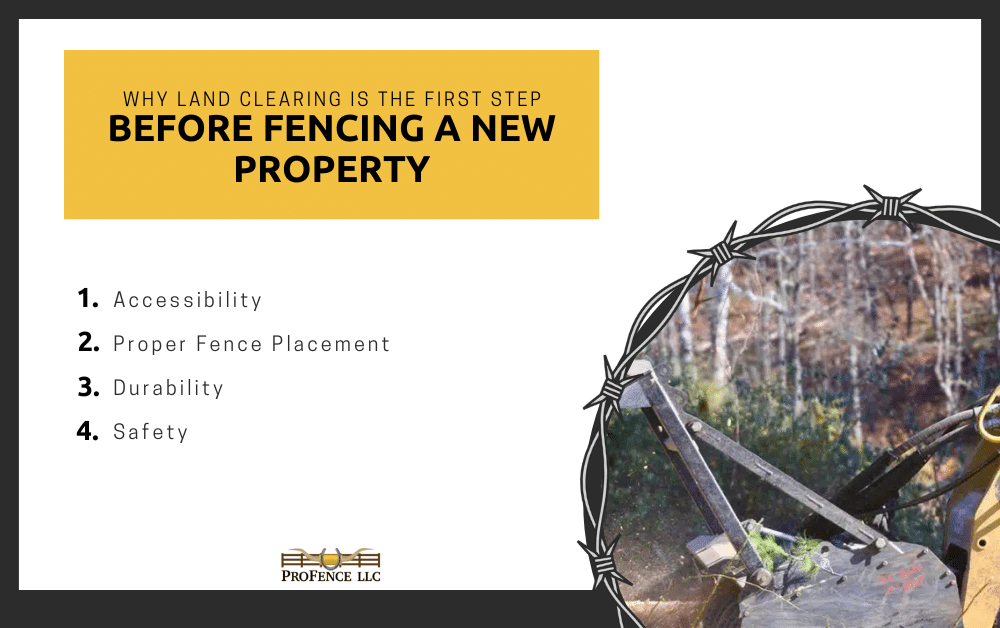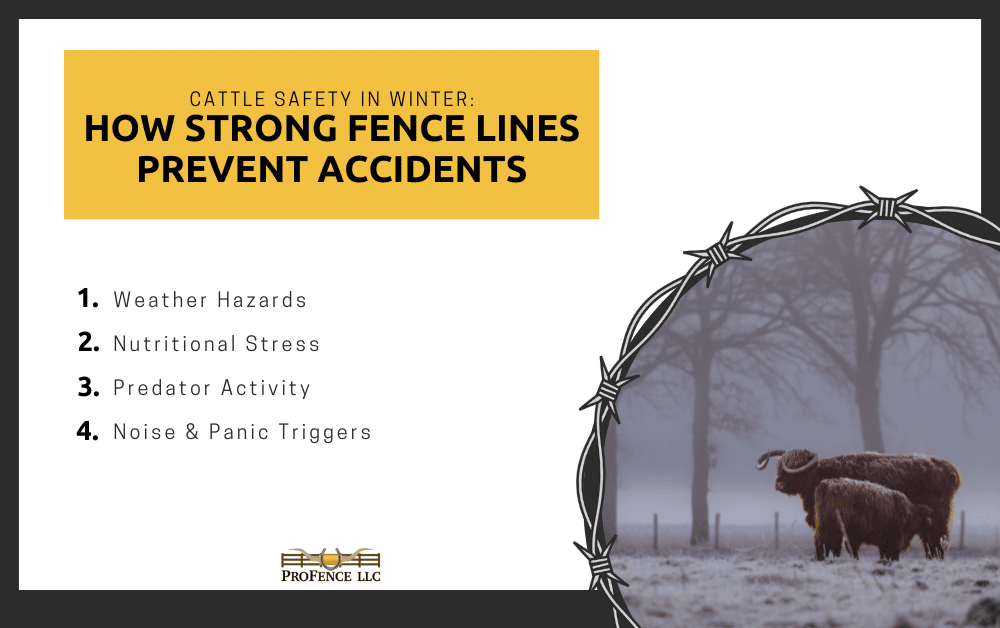Building a fence is one of the smartest investments a property owner can make. Whether you’re protecting livestock, defining property boundaries, or creating safe enclosures, fences provide security and peace of mind. But before the first post is set, there’s one crucial step many overlook: land clearing.
Skipping land clearing may seem like a time-saver, but in reality it can lead to unstable fences, higher costs, and safety risks. Properly clearing land ensures your fence is built on a solid foundation that lasts for years. Let’s explore why land clearing should always be the first step before fencing a new property.
What Is Land Clearing and Why It Matters
Land clearing is the process of removing obstacles — trees, brush, stumps, rocks, and debris — to prepare ground for construction, farming, or fencing. For fencing projects, it’s about creating a clear, stable line where posts and wire can be installed efficiently and securely.
Key Benefits of Land Clearing Before Fencing
- Accessibility: Makes the property easier for crews and equipment to navigate.
- Proper Fence Placement: Allows accurate alignment and spacing of posts.
- Durability: Prevents future fence damage from roots, overgrowth, or shifting ground.
- Safety: Removes hazards like fallen branches or hidden stumps that could harm livestock or installers.
Without this preparation, even the best materials and installers won’t guarantee a reliable fence.
Challenges of Fencing Without Land Clearing
Trying to build a fence on uncleared land introduces multiple issues that shorten the life of the installation.
Obstructions
- Trees, rocks, and stumps prevent straight fence lines.
- Workarounds often leave gaps where animals or predators can slip through.
Weak Foundations
- Roots and uneven ground prevent posts from being set deep enough.
- Shallow posts are more vulnerable to frost heave and shifting soil.
Maintenance Problems
- Overgrown brush presses against wires and rails, causing strain.
- Vines hide weaknesses and accelerate rot on wooden posts.
Safety Hazards
- Branches may fall on fence lines during storms.
- Hidden rocks or holes increase the risk of injury to livestock and workers.
Result: Fencing without land clearing leads to a weaker fence, more repairs, and greater long-term costs.
How Land Clearing Supports Long-Term Fence Durability
A cleared property sets the stage for a fence that’s stable, easy to maintain, and built to last.
Stable Post Setting
- Posts can be set at the proper depth without obstruction.
- Stable foundations resist leaning, frost heave, and collapse.
Improved Drainage
- Grading and clearing prevent water pooling near posts.
- Better drainage reduces erosion and rot at the base of posts.
Reduced Vegetation Pressure
- Less strain from branches, vines, and weeds pressing against wire.
- Minimizes annual maintenance, saving time and money.
Easier Inspections
- Clear lines allow you to quickly identify weak spots or damage.
- Safer, faster access for repairs and adjustments.
When combined, these benefits extend the lifespan of fencing and reduce ongoing maintenance headaches.
Best Time of Year for Land Clearing
Timing matters when planning land clearing and fencing projects.
Fall Advantages
- Ground is soft and workable but not yet frozen.
- Leaves down make it easier to see obstacles.
- Projects are complete before winter storms add extra strain.
Spring Advantages
- After thaw, soil is easy to dig.
- New growth hasn’t yet overtaken fence lines.
Regional Considerations
- In the Mid-Atlantic, fall land clearing avoids muddy spring conditions.
- Farmers can schedule projects around harvest or livestock rotations.
Pro Tip: Planning land clearing before fencing ensures your project can move forward smoothly, no matter the season.
Why Choose ProFence for Land Clearing + Fencing
Not all contractors handle both clearing and fencing — which means projects often drag on with multiple crews. ProFence provides a one-stop solution.
What Sets ProFence Apart
- Efficiency: Land clearing and fencing done together saves time and money.
- Expertise: Decades of experience with farm, orchard, and property fencing.
- Professional Equipment: From stump grinders to augers, the right tools for the job.
- Durability: Our fences are backed by a 10-year warranty for long-term assurance.
- Custom Solutions: From cattle fencing to deer protection, we tailor each project to the property’s unique needs.
When you work with ProFence, you get more than a fence. You get peace of mind knowing the groundwork was done properly from the start.
Land Clearing Is Step One for Fence Success
Fencing is an investment that protects your livestock, crops, and property. But without land clearing, even the best fences are built on shaky ground.
By clearing trees, stumps, and brush before installation, you:
- Ensure stronger posts and stable foundations.
- Improve drainage and prevent erosion.
- Reduce maintenance by keeping vegetation away from wires.
- Create safer, easier-to-inspect fence lines.
At ProFence, we do more than build fences — we prepare your land to ensure they last. Our team handles both land clearing and fencing installation, so your project runs efficiently from start to finish.
Start your fencing project the right way — with land clearing that guarantees strength, safety, and durability for years to come.






